#Industry
Wincing Commences at Prospect of Aston Martin Using an Updated Logo
Aston Martin filed a trademark for a thatched-diamond logo over the summer, designated primarily for small merchandise and marketing endeavors. It looks like two opposing Volkswagen emblems laid atop each other and is about as iconic as any random series of intersecting lines could be. Fortunately, it seemed like it would only appear on less-relevant Aston-related trinkets — with items like shaving kits, polo shirts, and attache cases being a worst case scenario.
Then, earlier this week, Aston Martin made a secondary filing that included those items, mobile devices, automotive chassis and vehicle designs. Meaning that the we will assuredly be seeing this new design on merchandise affiliated with Aston Martin and possibly even its cars.
Strange Bedfellows: BMW Wants a Cozier Relationship With Daimler to Make Life Easier
According to BMW’s new head of purchasing, Markus Duesmann, the company intends to expand its cooperation with Daimler AG in acquiring automotive components from suppliers.
The competing automakers began their cooperative purchasing in 2008, limiting it to elements most manufacturers typically share already — items like seating frames, radiators, tires, or air conditioning systems. Despite the cost benefits and leverage from their massed buying power, the companies still keep each other at arm’s length. More recently, however, the two have managed to maintain a healthy rivalry while seeking mutually beneficial ventures together.
BMW's Head of Design Rumored to Resign for a Second Time
BMW Head of Design Karim Habib is reportedly leaving the German automaker for the second time in roughly a decade, making him the third major departure from the group’s styling division in the last ten months.
Official confirmation from BMW is pending, but information from Germany’s Auto Motor und Sport suggests that Habib may have already made his exit. This widens an already gaping hole in the group’s creative landscape. The company has yet to replace Anders Warming, the design boss for Mini, and Benoit Jacob, who styled BMW’s i-division. Both men departed the company in 2016, lured away by Chinese-financed companies.
This leaves BMW Group’s design chief, Adrian van Hooydonk, without a creative frontman for every brand but Rolls-Royce.
Shocker: Takata Bidders Want Court Involved in Company's Turnaround
The remaining bidders for the ailing Takata Corporation are insisting on a court-mediated turnaround for the airbag supplier’s operations. Takata is in the midst of selecting a financial backer after incurring billions of dollars in costs to replace tens of millions of defective airbag inflators linked to a minimum of sixteen deaths.
However, Takata has stated it would much prefer an out-of-court process for its operations to ensure the uninterrupted supply of replacement inflators. Keeping the turnaround private also would also be a way for the founding Takata family to avoid the complete obliteration of the company’s share values.
The Big Chill: Management Wages Frozen as Hyundai and Kia Ride Out Financial Storm
Hyundai Motor Group has placed its supervisory employees’ wages into stasis in an effort to minimize costs and better cope with the financial hardship it expects to face in 2017.
Roughly 35,000 staff managers are affected by the wage freeze — the majority being employees at Hyundai and Kia Motors.
FCA Slammed With Twin Lawsuits While Waiting on EPA Investigation
The Environmental Protection Agency alleged last week Fiat Chrysler Automobiles had installed undisclosed emissions software in 104,000 of its diesel vehicles — issuing the company a notice of violation for its Jeep Grand Cherokee and Ram 1500.
While the EPA continues its investigation into whether or not FCA will become the next Volkswagen, Canadian law firm Sotos LLP and America’s Heninger Garrison Davis LLC have coincidentally teamed-up to launch class action lawsuits on behalf of consumers.
For Trump, Erasing Stringent Fuel Economy Rules Might Be a Wasted Effort
It would be fair to suggest that government agencies have held the automotive industry by the testicles with both hands for much of the Obama administration. America’s fuel economy and emissions targets are noble, but have cost manufacturers peace of mind and plenty of money. Enter President-elect Donald Trump, who spent a great deal of his campaign promising to repeal some of those standards and change things for the industry.
Are the current targets too lofty? Most automakers would say yes, but it depends on who you’re asking. However, the odds of Trump rolling back efficiency standards in a meaningful way is on par with us returning to the Bronze Age. While not impossible, it’s incredibly difficult to turn back the tide of progress. Even if the 45th President of the United States did manage to dismantle the EPA, abolish Corporate Average Fuel Economy (CAFE) regulations, and convince China to nuke us into the Stone Age, there remains the outside world to consider.
Catch an Oily Whiff of Malaise Era Ford as It Recalls 4,500 Firetraps in South Africa
About a month after Ford began deliveries of the 2013 Escape, it suddenly recalled every single unit equipped with a 1.6-liter EcoBoost engine. A faulty fuel line in the engine compartment posed a fire risk so bad that Ford actually urged people not to drive their cars until the necessary repairs had been carried out.
However, the 1.6 liter Ford Kugas sold in South Africa — essentially renamed world-market Escapes — never received the same sort of attention. Almost 50 Kugas have spontaneously combusted so far, leading to one fatality, and the Blue Oval is just now issuing a “voluntary” recall.
Anyone recall the 1970s Ford Pinto?
BMW and Mercedes-Benz Expect an Even Split Between Crossovers and Cars
Mercedes-Benz and BMW have more in common than just a bitter rivalry and the Fatherland — they both feel the need to get more crossover vehicles into North America.
Despite being known largely for their rich heritage of premium sedans and coupes, Bavaria’s Motoren Werke and Daimler’s Three-Pointed Star want to see utility vehicles replacing more of the cars they ship to the United States.
Last year, crossovers and SUVs comprised 42 percent of BMW’s sales in North America — an almost ten percent increase from 2015. Mercedes-Benz also saw an increase in truck sales. Sport utility vehicles now account for 47 percent of its passenger vehicle volume. However, both companies are anticipating a balanced ratio right around the corner.
Whoa, Hold on There: The New Pile of Canadian Cash Available to Automakers Just Shrank
(Update: The initial story detailing new Canadian auto incentives was published on January 12. It has been updated to reflect new information.)
Canada’s new government-funded incentive program for automakers isn’t as generous as initially reported.
Last week, the federal government made changes to the Automotive Innovation Fund to allow car manufacturers, parts suppliers and R&D companies access to conditional grants that do not require repayment. Unfortunately, a communications slip-up at the country’s Ministry of Innovation, Science and Economic Development made the pile of cash a whole lot taller than intended.
Infiniti-Mercedes Partnership Appears Dead in the Water, But Nissan CEO Denies It
After a report appeared claiming that Nissan is scrapping a joint development effort with Mercedes-Benz, the Japanese automaker’s CEO says the two partners haven’t split up.
Japan’s second-largest carmaker and Germany’s oldest made an agreement in 2010 to share engines and platforms for Infiniti and several compact Mercedes-Benz models. A new platform is planned for a cooperative factory in Mexico opening this year, and a decision to back out would throw a wrench into the future of the $1 billion plant
The French Injection: Ex-Peugeot-Citron Designer Tapped as Pininfarina Design Chief
Pininfarina SpA will be see Carlo Bonzanigo succeeding Fabio Filippini as the Italian styling firm’s reigning design director on January 9th.
Filippini’s decision to leave Pininfarina for “personal reasons” comes during a difficult time for the shop. While his responsibility for heading new projects is essentially over, he has promised to remain on board as a personal advisor to company CEO Silvio Angori, and will continue to provide oversight for old projects leading up to a concept car unveiling at March’s Geneva Auto Show.
Ford Puts Faith in an Electrified Future With Hybrid Mustang, F-150, 300-Mile EV
Ford Motor Company announced today that it is committing itself fully to the development of electric vehicles, including a hybridized Mustang and F-150 pickup, a small electric crossover, and a fully-autonomous hybrid unit. Company CEO Mark Fields expressed his faith in the future of electric cars and Ford’s intention of bringing 13 new electrified models to the global market within the next five years.
“The era of the electric vehicle is dawning and we at Ford plan to be a leader in this exciting future,” Fields said. “Leading in electrification, in autonomy, and also connectivity are critical as we expand to be both an auto and a mobility company.”
Faraday Future's Ghost CEO Abandons Company Days Before Key Unveiling
Faraday Future continues to dispense epoch-making levels of hype as the company seemingly implodes. Last week, Faraday’s chief brand and commercial officer and its vice president for product marketing both abandoned the company. This week, they were followed by elusive Chinese overseer and “unofficial” CEO, Ding Lei. Of course, Faraday Future has already spent the last two years without a CEO — much in the same way it has functioned without sufficient capital, a clear business plan, or a tangible product.
Meanwhile, the company’s Twitter feed is excitedly counting down the days until it unveils something at the Consumer Electronics Show — making use of slogans such as, “When electricity could travel further, so could ideas.” At this point, I’m wagering ideas are just about all Faraday has left to offer.
Why Are Vehicles Still so Heavy? Blame Manufacturing Infrastructure
Car manufacturers have achieved significant fuel economy gains in recent years, but the improvements largely come down to upgraded drivetrain efficiency. Vehicles still weigh substantially more today than they did in the early 1980s, when the previous decade’s demand for fuel economy improvements forced the issue.
Since then, automobiles have gradually packed on the pounds — negatively offsetting the technology encouraging fuel frugality. Modern safety concerns, improved build quality, sound dampening, and consumer demand for bigness have all helped to keep the typical family transport oinking around a two-ton curb weight.
If companies could effectively slim down those autos, without sacrificing structural rigidity, safety, or consumer comfort, the efficiency gains would become all the more significant. However, with few consumers ready to dive back into noisy, frail hatchbacks, weight savings will likely need to be done on the molecular level. In a new study, the Center for Automotive Research (CAR) in Ann Arbor investigated the materials going into 44 separate 2015 model year cars and asked automakers what would they use if they suddenly needed to reduce weight from essential items.



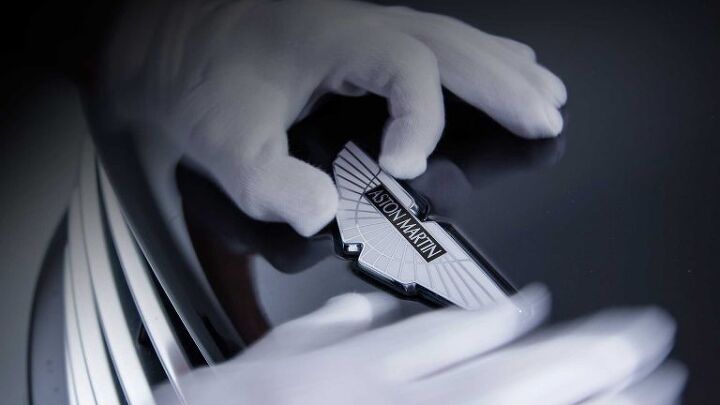

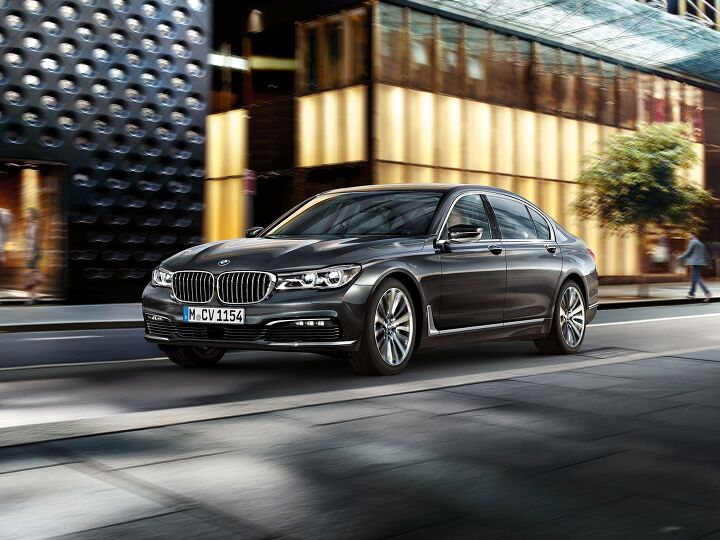


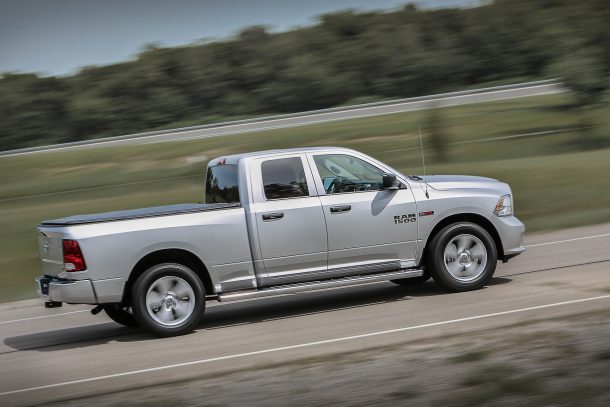
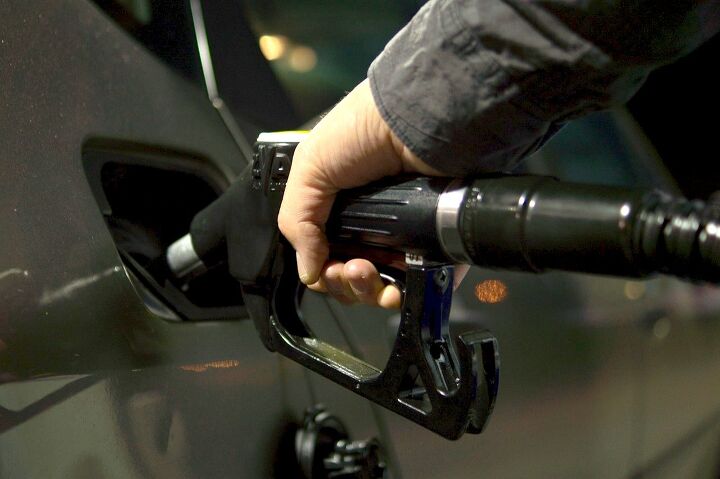

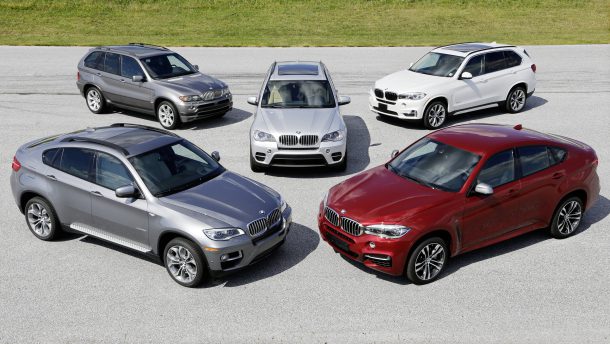
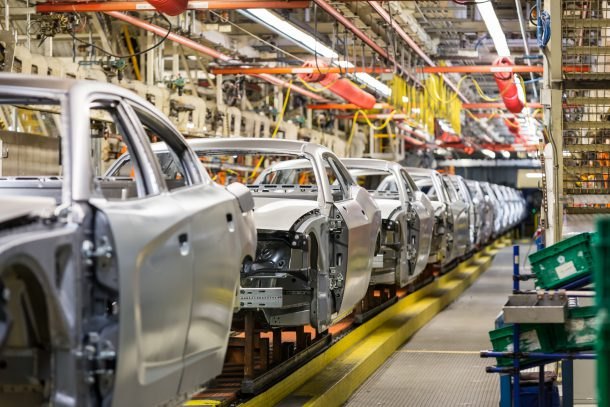
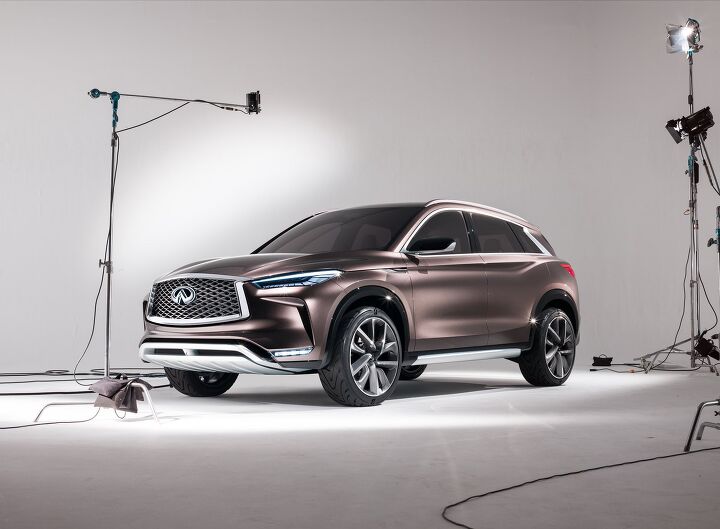
















Recent Comments